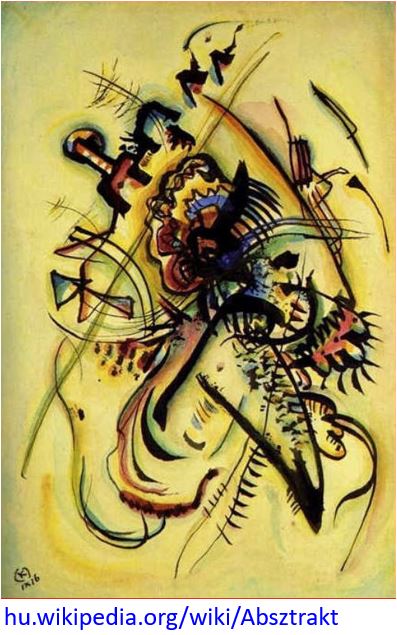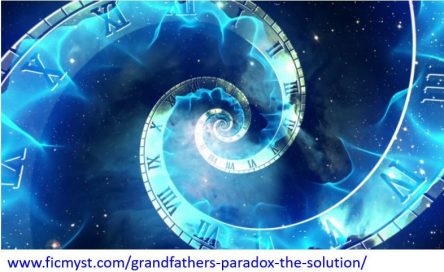
This blog claims that there are some contradictions between our currently accepted chronology and astronomy.
We aim to reinforce the suspicion that the widely used AD time reckoning and the connected historical chronology are not free of errors.
We state that not a simple, but a “bidirectional time-shift” occurred, what we call “confusion “.
A “scenario” for the definition, examination and proving of the essential elements of this hypothetical confusion has been compiled.
The confusion itself and its resolution are analysed mainly by astronomical calculations and arguments based on astronomical data from the planetarium simulator software Stellarium and data e. g., from NASA and similar reliable sources.
We outline the elaboration of the AD chronology and the author’s thought process that led to the current novel hypothesis.
We review previous theories that have also attempted to expose the errors in our chronology. Their astronomical counterarguments are summarised, too.
We also explain when and how the chronology might have been confused by the insertion of a more extended period.
The uncertainties in the data surrounding the life of Jesus Christ will be briefly presented.
We will also discuss the history and curiosities of the Easter tables, which are fundamental to our chronology.
We interpret Julius Caesar’s calendar reform from a unique point of view and show why the year 45BC might be wrong as the starting year of the Julian calendar.
For the first year of the Julian calendar, we find a year 220 years later, AD176 = CE176, which seems to fit better with the astronomical parameters attributed to the year 45BC (-44).
By analysing the Jewish calendar, the Metonic cycle, and the precession of Earth’s rotation axis, we show that the 220-year period best meets the astronomical criteria for “hard-to-detect insertion.”
In contrast to previous theories, we propose in a novel way that the “stretching” of a particular epoch by 220 years may have caused the “shrinking” of an earlier era retroactively.
By moving the dates of seven selected historical events 220 years closer to the present day, we show that the new dates of the events fit astronomically better with the historical records and legends than the currently accepted dates.
We offer a new solution to the long-known but unsolved “Gregory’s Dilemma”.
In the light of three other prominent historical events, we outline the consequences of the omission of 220 years of fictitious history and thus the possible restoration of the original state and chronology according to the present hypothesis.
We will provide a “twin-trick” of how the confusion of the AD time could have been calculated and compiled in practice.
We point out significant differences between previous theories and the present hypothesis.
We also compare some time reckonings in tabular form and summarise the insertion of 220 fictitious historical years by giving the present and proposed new AD year (marked as CE year) of historical “key” events.
